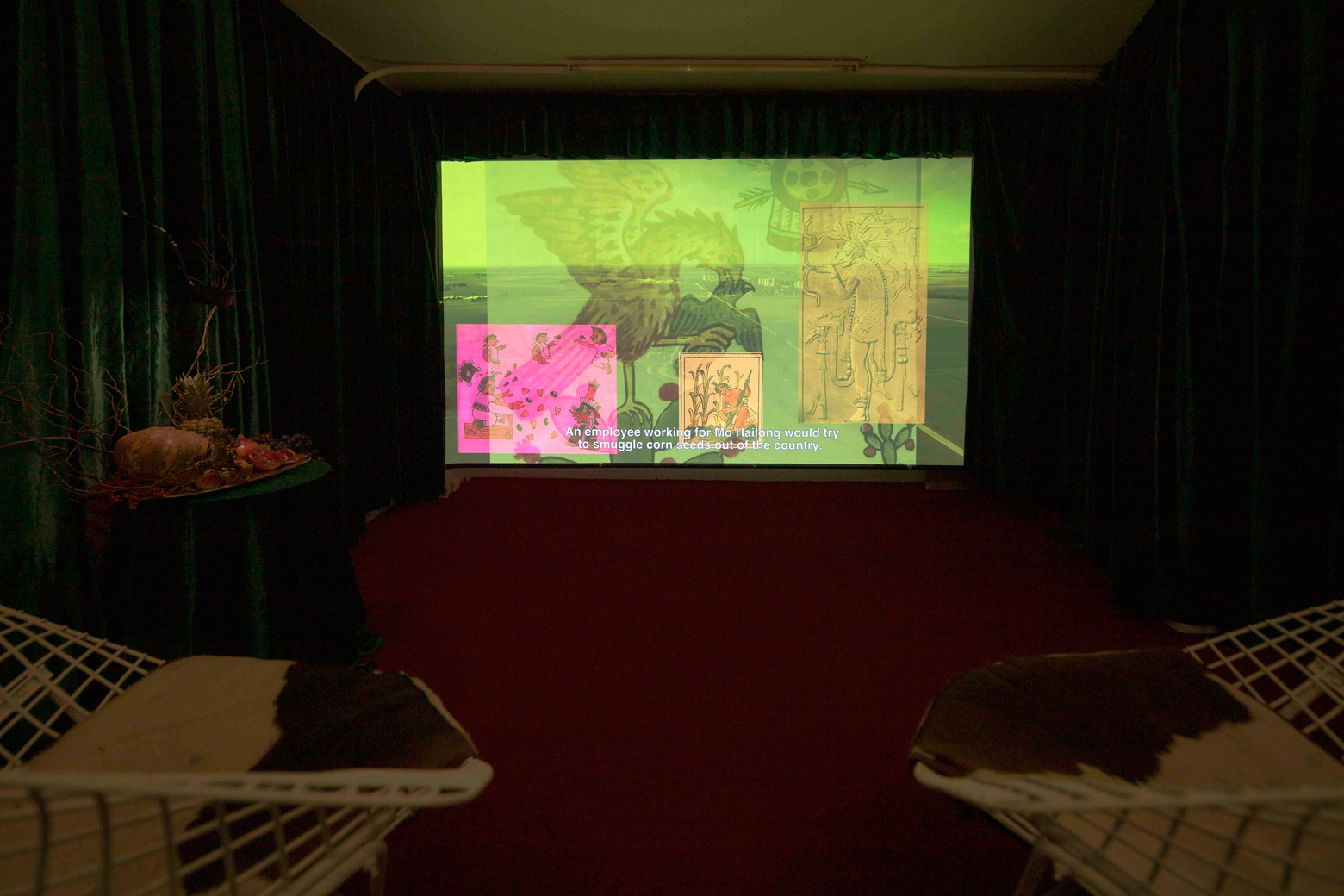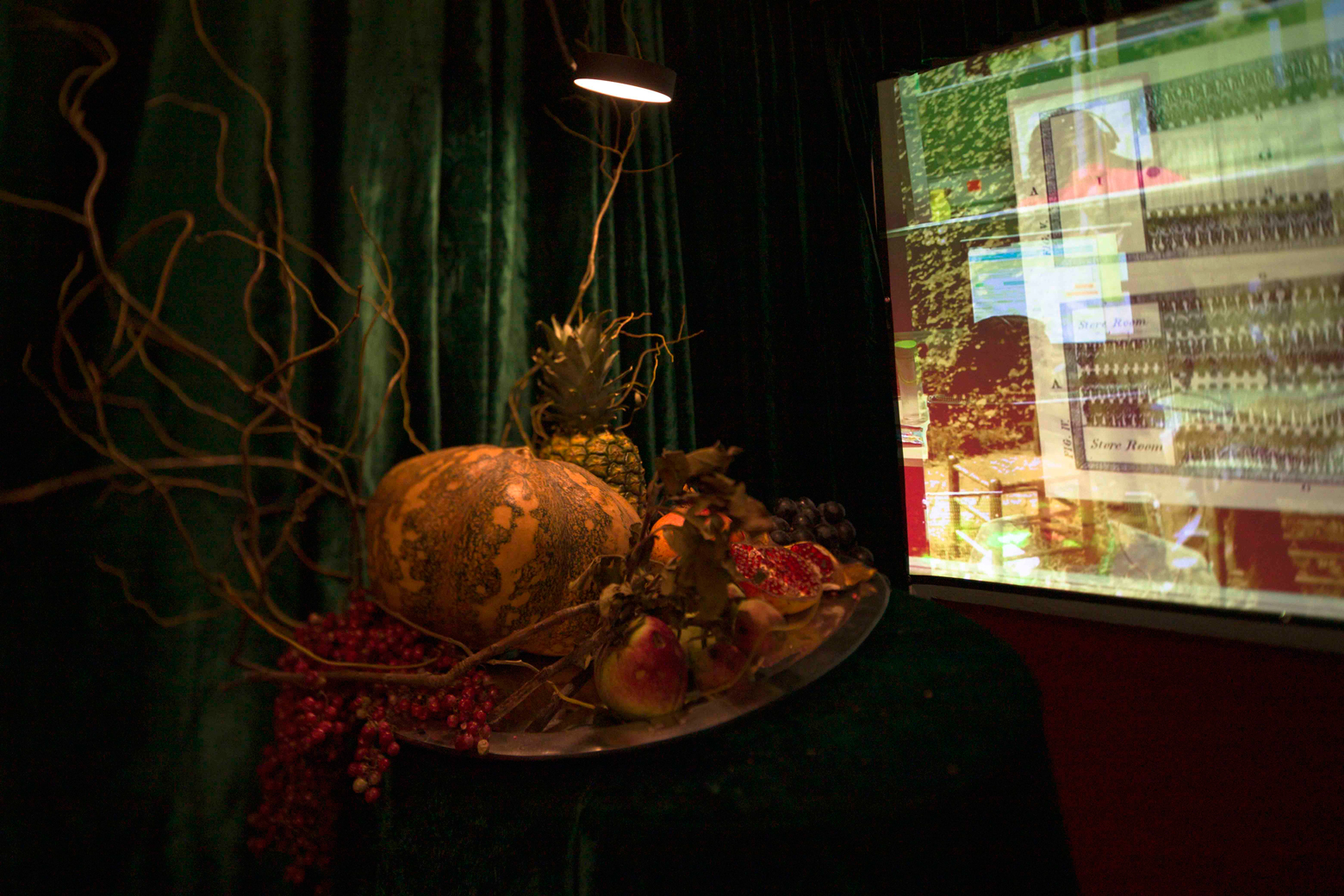



UMD
Still Lifes
Still Lifes
Taken from Edgar Morin's gyroscope ("It is necessary to open the possibility of a knowledge at once richer and less certain") the structure in the multifocality of the compositions of the clandestine Unidad de Montaje Dialéctico, we visit the axis concerted in the concept of eventual refoundation from the search, by the perimeters of the nebulous, serious, but also hopeful requirement of the cavernous cinema (its emblem of activism, resistance and joy); and another quota, with the flow of recurrently syllogistic poetics, in the tension of epistemological
examination, the probable didactic offer, the feasible political statement, the unquestionable platform of affections, the suggestive summary of phantasmagorias, and even, the reckless and exciting record of nostalgia of opinion of some humanitarian utopia, in the deteriorated perimeter of the information society.
The failure of the simplifying way of thinking, and of the social and political praxis that arises from history to the extreme, have plunged the contemporary human being and his world into a deep and radical strabismus, but paradoxically, at the same time, in perpendicular bets and inspections. Not in rectilinear directions, but in transversal circulations, according to the perception capacities of the human brain. Precisely from that capacity, in organic ellipse, the stimulus of a new way of observing-thinking-playing-reacting-understanding arises for the
UMD, pointing towards the cavernous paradigm of complexity, which as such should govern not only thinking and logical uses, that is, our knowledge, but also our actions of functional coexistence, or our development as persons. The dialectical complexity paradigm implies communication and confident conquest, not in absolute/insubstitutable/reductionist/exclusionary terms. Dialectical assembly complexity is dynamic relationship and is certification of qualities; it does not even exclude simplification, and in fact integrates it as one of the elements of truth confrontation thinking. Being multidimensional, and even accepting its latent contradictoriness,
it is open and inclausurable (dialectical complexity is incompleteness); it is uncertainty, and in that the strategies of the cinematographic pronouncements of this collective prevail.
The still lifes of the UMD are basically strategies and are also dispersing catalysts to the strategies of the histories and aesthetics of convention: those fishing nets of the subject in mass condition. As we know, for the model of historicist simplification and good or bad taste, the concept of subject is irrelevant. For the authors of the still lifes of simplified rhetoric, the phenomenon of chance that found two or more vibrant elements on the same pictorial surface is indifferent. It seems that they only make an accusation (in the sentry box of ordinary culture), to
the point of making these elements disappear from consciousness, by prescribing that the conjugations (subject-verb-complement) are a summary of something "pragmatic", random, almost irrational. Or else they are maintained in iconological quality, but in pre-conceived circumstance; as a substantial structure, but vacuous, isolated/separated from everything that is not the singularity of an officially historical perspective, or of regulated aesthetics, and/or as a vaguely comprehensible metaphysical entity, which in no way affects urban functional knowledge.
In the still lifes of the UMD there is no taxonomical will as a priority, as this allegorical exercise was proposed in the European painting of the 18th century. However, they could be linked to this iconographic genre and to its eventual service, by the register of statements that flow as voices of a psychogeographic discourse, in conditions captured in the domestic sphere, between sedentary control and its fetishes of identity, pleasure and submission, both of nature and of everything that appears in the world, to the searches in nomadic drifts, accompanied by their situationist emancipations. With discreet irony, UMD's still lifes are deployed with images that try to flow,
with complicit license, in the inventory of indispensable and desired, or the register of seducers and trivialities, as well as insertions of vices, placebos and distractors, critically and paradoxically subverting the deferences to consumerism (obvious, definitely far from resembling advertising spots), or to the loss or a consummation, with effective accents of duplicity, of raw material and cultural characters that imperialism or industrial economies consigned to the impacts of an extractivist reality without limits. On this, the approaches of the UMD in the notion of planetary heritage try to be broadly valid as a humanist position, in agreement with the legitimacy and sustainability of the environmental heritage, of vitality and ethics. And the same with respect to a processing of truth and social justice, making use of a certain theatricality, probably of Brechtian root, dialectic no doubt, that faces forms of generic exploitation. Dioramas that perhaps try to represent still lifes as assignments and effects in cartographies of emotions: in tables for the unlimited tasting and postponement of "vanitas vanitatum, et omnia vanitas".
The dichotomy between the theological (teleology is the branch of metaphysics that refers to the study of the ends or purposes of some object or some being, or literally, to the philosophical doctrine of final causes) and the singular aesthetics of the UMD, also traces these kinematic observations in the half-light and haze. It traces them, but it does not determine them, nor does it finalize them. It traces gaps to a hypothetical location of integrity in the course of the projections of the grandiloquent concept "vision"; but fortunately it also takes liberties in the territories of dream, hallucination, or the assimilation of entropy, and even the enormous embrace of gratuitousness.
...with chimeras shootings, or groping our absurd pulses
Guillermo Santamarina
_______________________________
Unidad de Montaje Dialéctico (UMD) is a faceless artistic collective. Its refusal to show their
faces and use proper names stems from a defense of clandestinity and collectivity as a tactic to
confront the logic of spectacle, the alienating individualism and the industrial-celebrity complex.
The work of the collective has focused on the film essay as a way to generate constellations of
dialectical images that put in tension multiple realities and temporalities.
Unidad de Montaje Dialéctico (UMD) is a faceless artistic collective. Its refusal to show their
faces and use proper names stems from a defense of clandestinity and collectivity as a tactic to
confront the logic of spectacle, the alienating individualism and the industrial-celebrity complex.
The work of the collective has focused on the film essay as a way to generate constellations of
dialectical images that put in tension multiple realities and temporalities.
